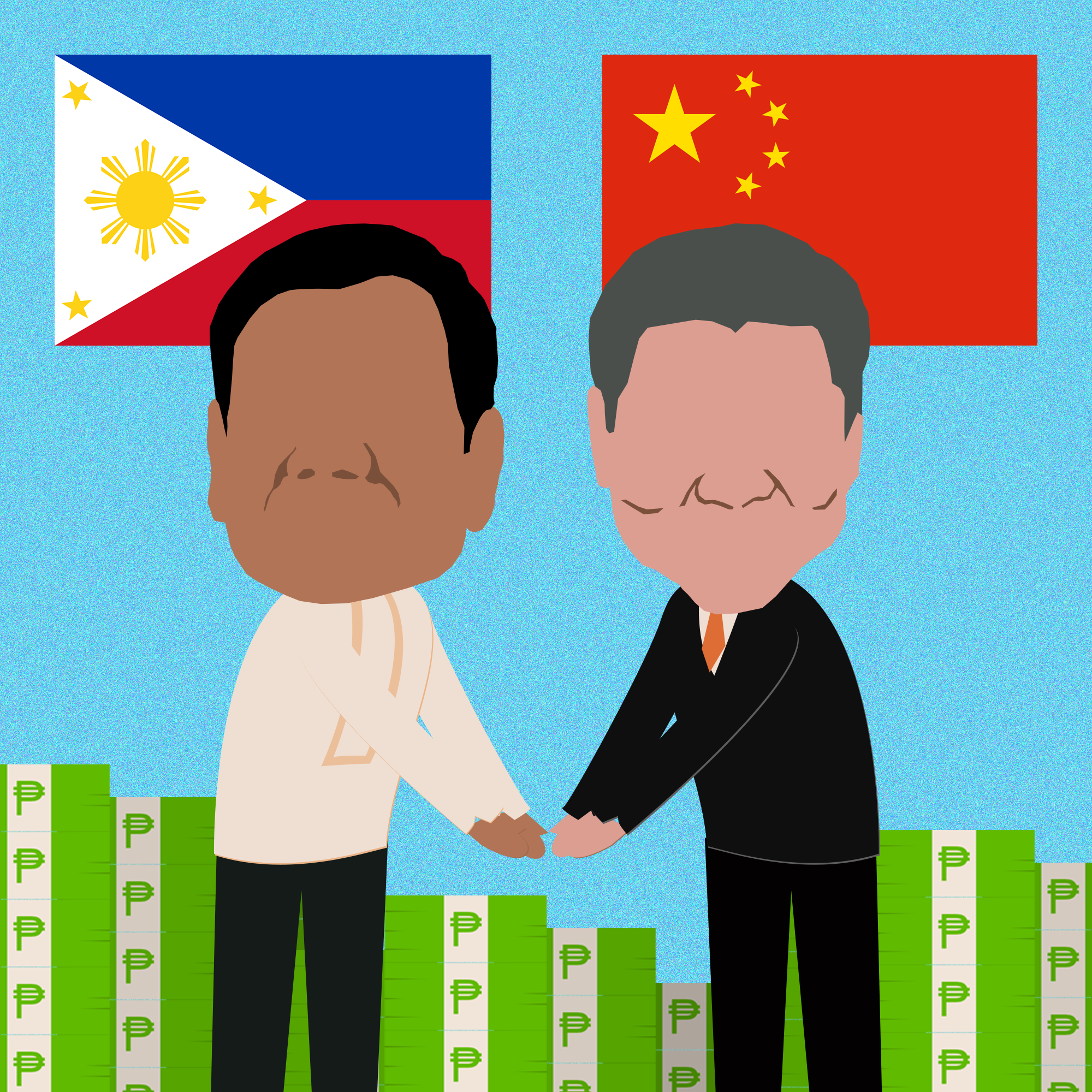WPN: Water crisis confirms failure of water privatization
IBON Foundation/Water for the People Network (WPN)
Position paper submitted to the Office of Sen. Grace Poe, Chair of the Senate Committee on Public Services, in line with the hearing to investigate the water shortage in Metro Manila
The Water for the People Network (WPN) holds that the ongoing water crisis confirms the failure of water privatization and the need for genuine public control of this essential service.
Republic Act No. 6234 mandates the Metropolitan Waterworks and Sewerage System (MWSS) to “ensure an uninterrupted and adequate supply and distribution of potable water for domestic and other purposes and the proper operation and maintenance of sewerage systems are essential public services because they are vital to public health and safety.” (Section 1) Meanwhile, the Concession Agreement with Manila Water Company for the East Service Area lists “Continuity of Supply” as among the concessionaire’s service obligations. (Article 5.1.2)
The ongoing water crisis already shows the failure of MWSS and Manila Water on both these counts. The Congressional hearings, in the Senate and House of Representatives (HOR), are important not to establish negligence but rather to clarify the exact nature of that failure – whether lack of foresight, or mismanagement and inefficiency, perhaps even reckless manipulation for some self-serving end, or some combination of these.
The Ramos administration hyped a water crisis to justify privatization of water utilities in 1997. Metro Manila residents were promised that the private profit-seeking East and West Zone concessionaires would provide cheap, safe and secure water services.
Corporate management of water services has been efficient in producing profits but inefficient in ensuring cheap, safe and secure water services to millions of consumers. Such large profits amid looming months of erratic water supply for so many consumers is grossly unacceptable.
The original sin of the current water crisis but also other problems with Metro Manila water services is the policy of water privatization pushed by the World Bank and implemented by the Ramos administration in the 1990s. This has resulted in: 1) expensive and overpriced water to bloat corporate profits; 2) apparently insufficient supply and distribution infrastructure; and 3) MWSS unable to properly supervise and control water services.
Expensive water
Metro Manila water rates, astride that of Jakarta in Indonesia, are the second most expensive in the region and second only to high-income Singapore. Water rates are lower in Bangkok (Thailand), Ho Chi Minh (Vietnam), Kuala Lumpur (Malaysia), Phnom Penh (Cambodia), Vientiane (Laos), Yangon (Myanmar) and Bandar Sen Baran (Brunei).
Water services are a natural monopoly. The concessionaires have used their monopoly power to overcharge customers and make excessive profits. Water rates have risen by 879% for Manila Water customers and 574% for Maynilad customers since water privatization began in 1997 until January 2019. These increases were four to six times as much as the inflation rate, or the increase in the general price level, over that same period.
The controversy during the previous rate rebasing period in 2013 of how the concessionaires pass on even their corporate income taxes to consumers usefully drew attention to how water rates are bloated by unimplemented projects, excessive costs of capital, foreign exchange and environmental charges, inflation and extraordinary price adjustments, and even arbitration costs.
The water firms make a big deal out of expanding service coverage. This was however done not so much to provide water as a human right but to expand their markets and increase their profits.
In just the last 10 years, expensive water has increased the net incomes of Manila Water and Maynilad by 137% and 444%, respectively. BusinessWorld’s Top 1,000 reports Manila Water’s net income grew from Php2.4 billion in 2007 to Php5.7 billion in 2017, while Maynilad’s grew from Php1.3 billion to Php6.8 billion in the same period. Manila Water’s latest annual report meanwhile showed its net income increasing from Php6.1 billion in 2017 to Php6.6 billion in 2018 – which could indicate an almost tripling (175%) of net income between 2007 and 2018.
The disruption of water services for over a million Metro Manila residents amid growing water concessionaire profits is unacceptable. Water services are natural monopolies that should be publicly owned, managed and controlled.
Insufficient infrastructure
The exact circumstances of the current crisis are still not clear. However, it is emerging that the problem is not a lack of water in general but rather the lack of facilities to bring this water to consumers. This is a lack of foresight, at the very least, or at worst a lack of decisive action if the supply-demand gap was indeed known earlier.
MWSS has been reported as having identified various potential water sources – 900 million liters per day (MLD) from Laguna de Bay; 188 MLD from Sumag River; 175 MLD from Tayabasan River; and 500 MLD from Wawa River. Angat Dam has also been reported to have as much as 1,200 MLD in unutilized capacity. The question this raises is why the water supply and distribution infrastructure to pump, divert, transport, store, treat and deliver safe water to consumers has not been attended to earlier.
Weak regulation
The government is however particularly accountable for allowing water privatization in the first place and for the insufficient regulatory powers of the MWSS. For instance, the MWSS-Regulatory Office (MWSS-RO) is overly dependent on monitoring reports and other information coming from the water concessionaires.
Privatization has also created artificial barriers to rational regulation of public water in the private interest by dividing public water between private profit-seeking interests with quotas and allocations. This prevents the government from acting expediently to make sure water goes where it’s needed.
Privatization has undermined transparency. As concerned and directly affected citizens, WPN has had difficulty getting information from the MWSS-RO on the rate rebasing process and negotiations with the water firms. Public consultations have been limited and token – merely feeding selected information rather than genuinely listening to, considering and addressing the concerns of water consumers. It took sustained public pressure by WPN and other concerned groups during the latest rate rebasing in 2018 to have the concessionaires’ business plans posted on the MWSS website.
The same lack of transparency is at work today resulting in conflicting accounts by Manila Water and government agencies on the Metro Manila water crisis. Transparency should be continuous and the public should not have to rely on ad hoc congressional hearings to be informed of the state of the water services they are paying for. Both water firms should be compelled to be more public about their operations, income and expenses in delivering water which is a vital public service.
Improving transparency and accountability of water utilities is only a start. The right to water and consumer access, affordability, and service quality will only be assured in the long-run if water services are publicly owned, managed and controlled. This of course includes improving governance and accountability of the public utility. Public control of water services is also the key to sustainable use of water resources and to promoting rational water use and consumption.
WPN would like to stress that responsible public control of water services is not just necessary but very much possible. The Philippines was among dozens of countries caught up in the water privatization trend starting the 1990s. This trend however has started to reverse in the last 10-15 years as privatized water resulted in expensive connections, overpriced water, poor expansion and upgrading, and lack of transparency around the world. Water services have since been reverting back to public or community hands in some 230 cities in over 37 countries covering an estimated 150-200 million water consumers. Filipino consumers deserve no less. ###






